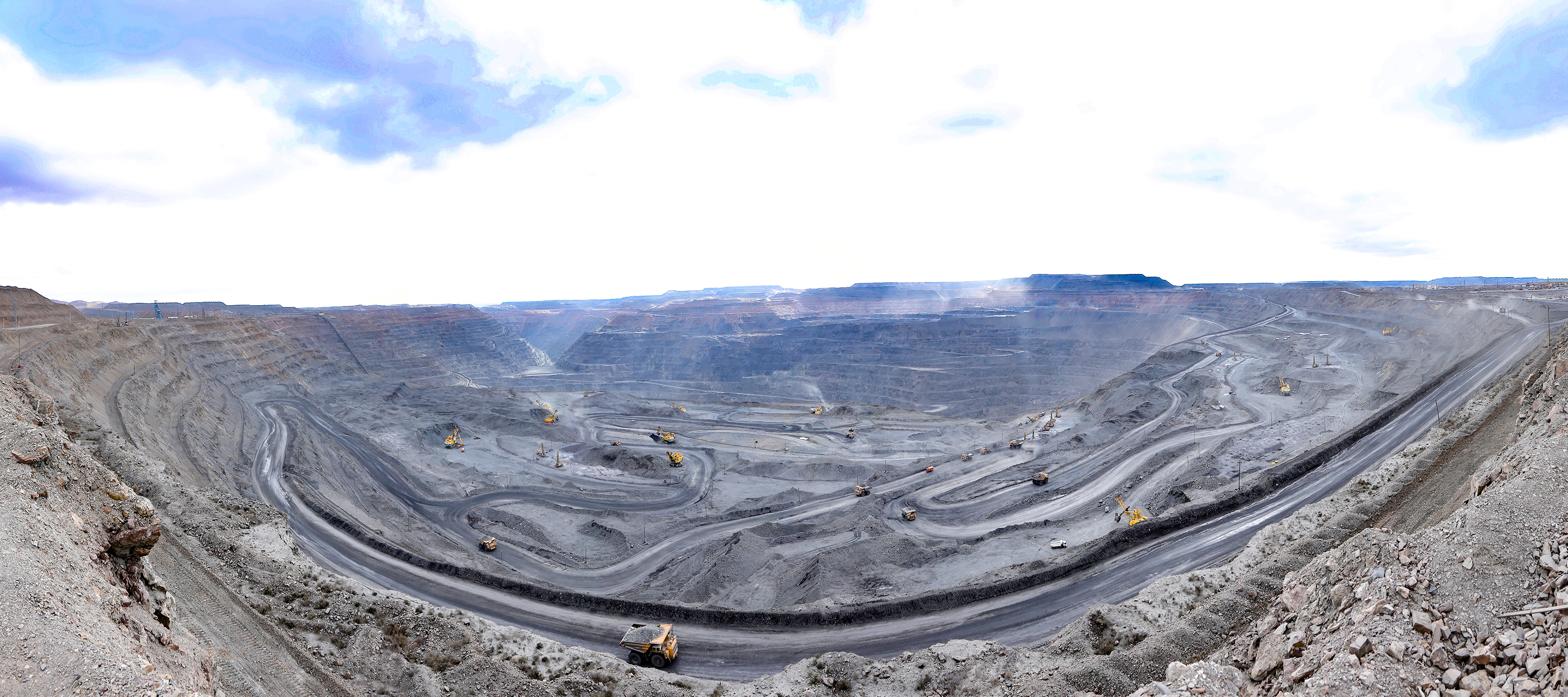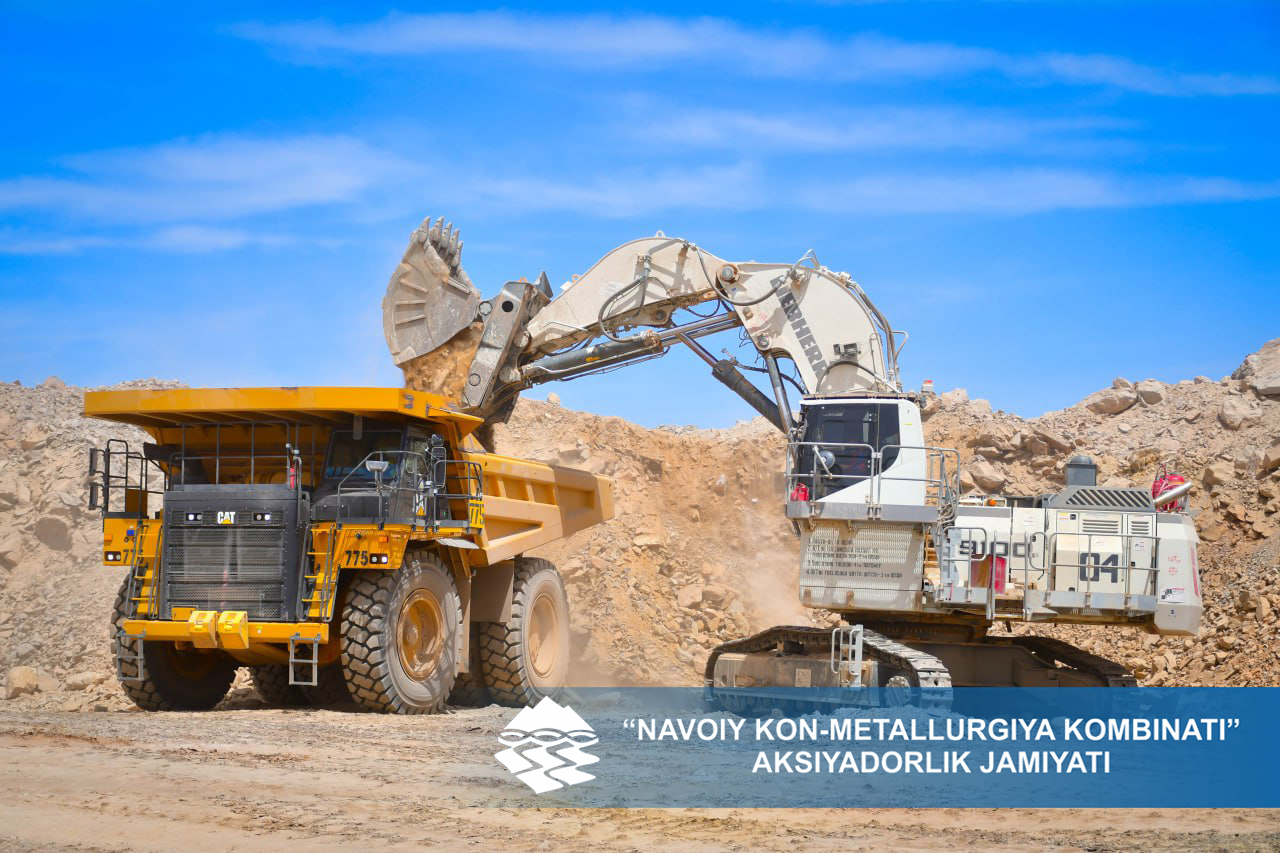Republic of Uzbekistan, Navoi region, Navoi city, Navoi street, 27
Mon - Fri: 08:00 - 17:00
Days off: Saturday, Sunday
Surface mining
- Home
- Surface mining
- Created: 20.11.2020
- Updated: 23.03.2024
- Read: 28527
Surface mining
In "Navoi Mining and Metallurgical Company" JSC, open mining works are carried out in open pit mines at Central, Northern mining administrations and Mining administration “Kyzylkum”.
At Central mining administration:
Muruntau mine
The Muruntau mine is located in Central Kyzylkum, 180 km north of Navoi city, 40 km east of Zarafshan city, in the southern foothills of Tamdytau. It is the largest mine in the world. In terms of gold reserves, the mine is recognized as a miracle of the 20th century.
In the first half of the last century, as a result of geological studies, it was predicted that in the area where the Muruntau mine is now located, there are huge reserves of gold. Subsequently, exploration carried out by the famous uzbek geologist Ibrahim Khamraboev confirmed this fact. In 1965, development of the deposit was began, and on March 1, 1967, the first explosion was made.
On July 21, 1969, a historic event took place – there was obtained the first gold ingot weighing 11 kilograms 820 grams from the ore mined at the Muruntau mine, at Hydrometallurgical plant-2.
If in 1975 the mine produced 100 million cubic meters of rock mass, then by 2001 this figure reached 1 billion cubic meters.
The complex geological structure and morphology of the mine required constant improvement of methods of accounting and management of reserves and the use of unconventional methods of reserves estimation at that time.
Since 1992, work has begun on one of these methods. This was the calculation of reserves based on mathematical statistics and the first steps were taken to build a geological and mathematical model of the mine, which ended with great success in 1998. Thus, starting in 1998, mining planning was started using a geological and mathematical model of the deposit.
In addition, on the basis of the Muruntau deposit, also the DEPOS program for short-term planning of mining operations and the SAPR program for constructing varietal plans were developed, according to which mine specialists are currently using with great success.
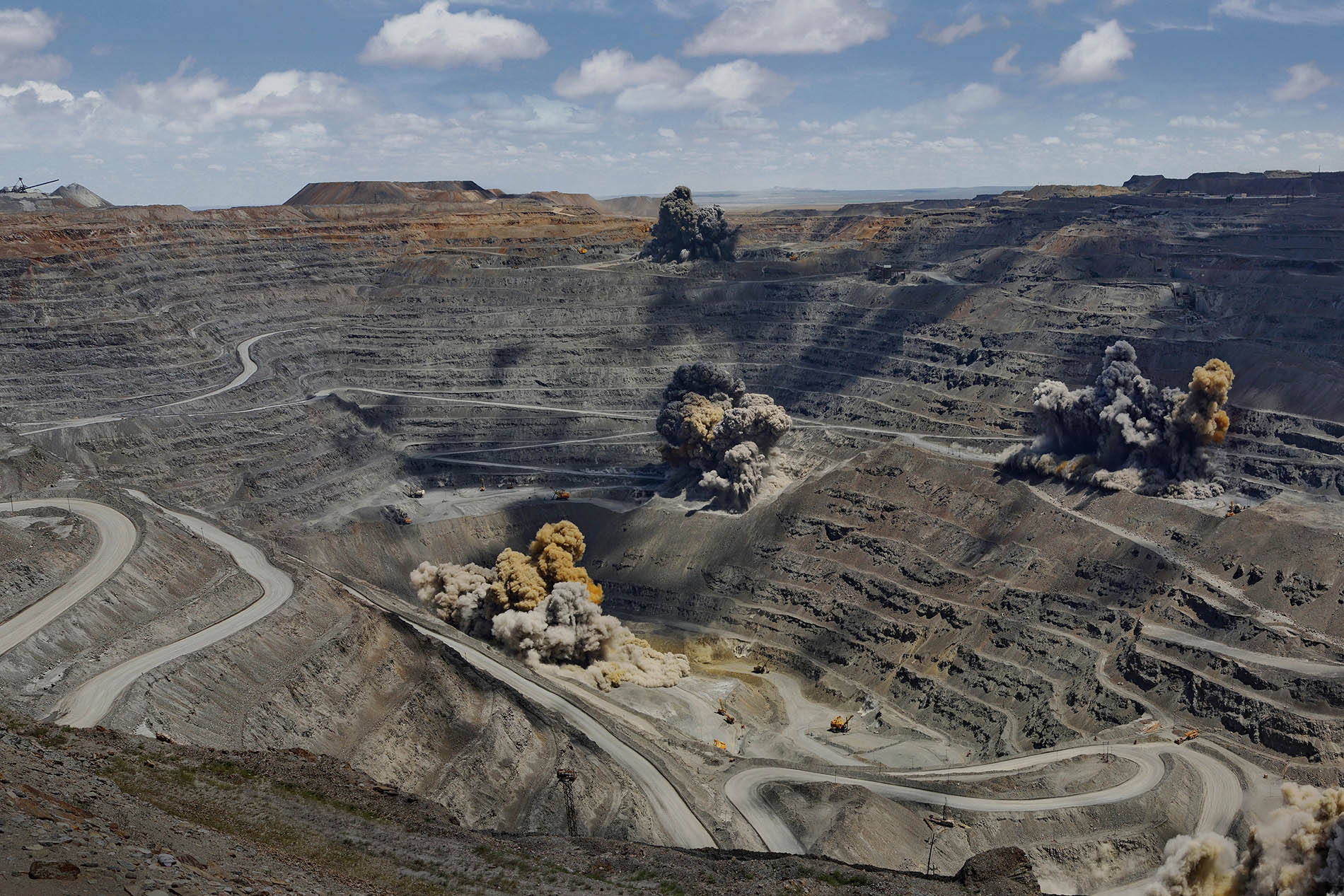
During the years of independence of the Republic of Uzbekistan, a new period began in history of Navoi mining and metallurgical combinat. In response to this, a number of changes took place at the world famous Muruntau mine. In particular:
In 2004, the Druza radio control system was launched to safely carry out blasting operations at the mine.
Since 1998, mining operations at the mine have been controlled by an automated GPS satellite communications system.
In 2010, thanks to the high potential of the plant's specialists, the Steep inclined conveyor (KNK-270) with an inclination angle of 37 degrees and a total length of 1 802 meters was put into operation at the mine, which allows transporting 14 million tons of ore per year to a height of 285 meters. This was a major event in the history of the mining and metallurgical industry. In a result the transport distance of ore at the mine has been reduced by 4.5 km, and the lifting height has been reduced by 285 meters. The economic effect from the use of the conveyor amounted to 101 billion soums.
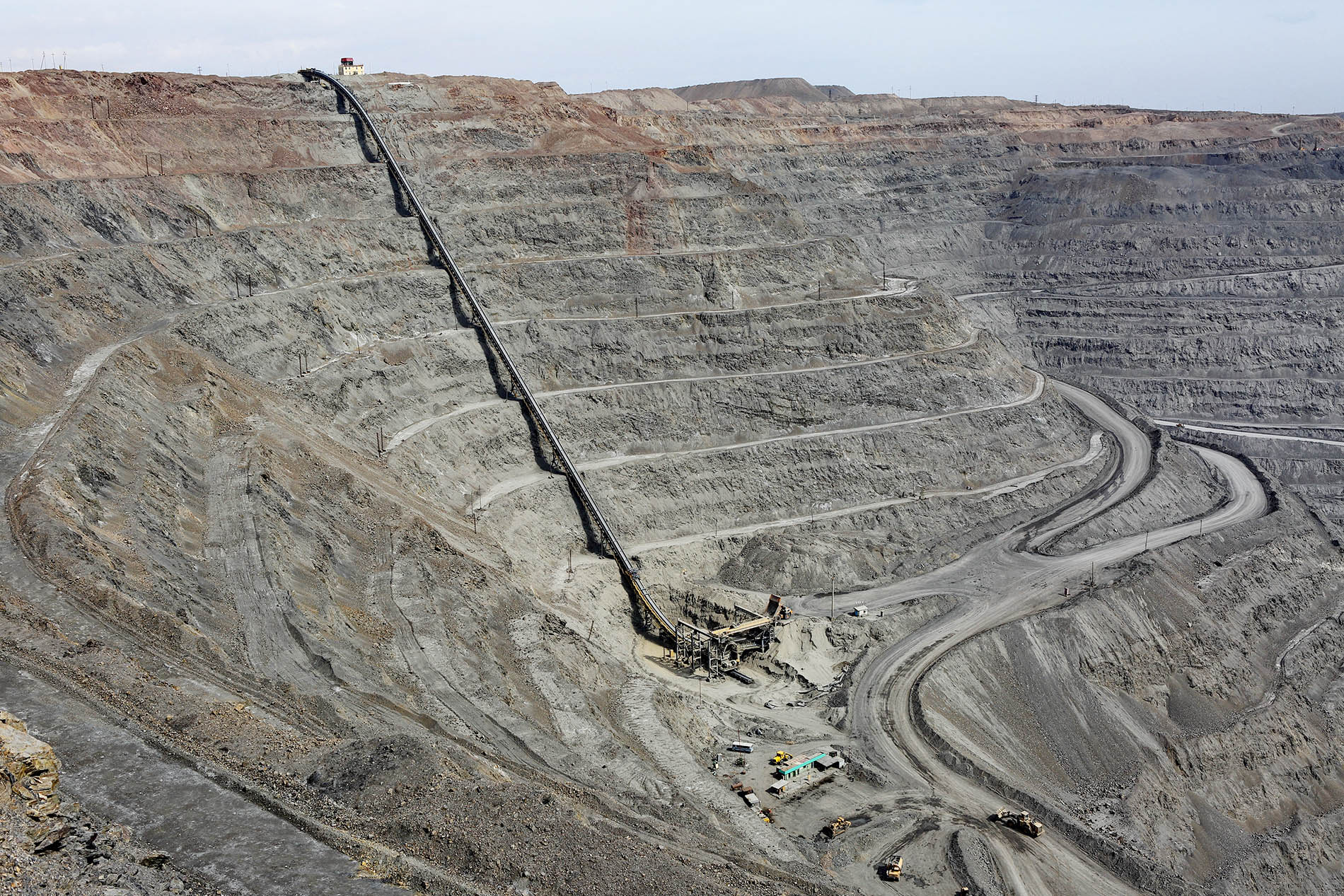
In 1977, the Central laboratory of gamma activation analysis was put into operation at the Muruntau mine. Since its inception, more than 24 million samples have been analyzed.
This laboratory is intended for the quantitative determination of the gold content in powder samples of gold-bearing ores, in a sample weight of up to 500 grams.
The Central laboratory of gamma activation analysis of the mine is based on unique technologies. At present, the laboratory analyzes more than 3.5 thousand samples per day using one accelerator. The laboratory has the ability to determine the gold content in the ore in 17 seconds. No one physics laboratory in the world can carry out an analysis of this magnitude.
Currently, this laboratory remains the only operating laboratory in the world in the mining industry, in which the determination of gold in geological samples is based on the method of activating gold nuclei.
The putting into operation of the second largest transport complex with a total length of 2,855 meters on the southern side of the quarry has allowed to further increase the volume of ore mining.
Over the past five years of independence by the initiative of the President of the Republic of Uzbekistan, large-scale reforms have begun in the history of the mining and metallurgical industry of our country.
In accordance with the NMMC’s development Program until 2026, approved by the head of state, the enterprise is implementing 27 large investment projects worth US $ 3.4 billion, which will increase the plant's production capacity by 30 percent, develop new fields, build modern hydrometallurgical plants and enterprises and create thousands of new work plases.
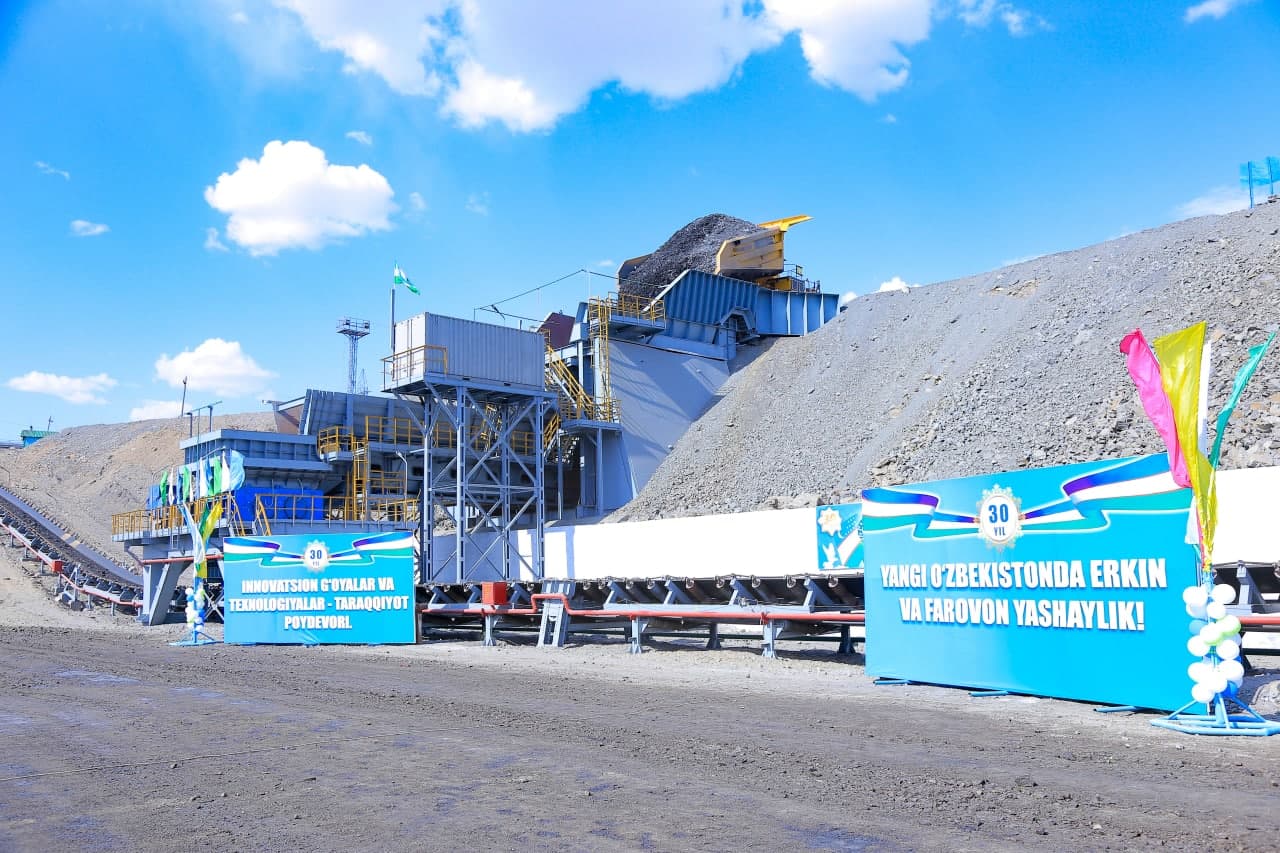
The project “Development of the Muruntau quarry. Phase V” worth 733.9 million dollars, which makes it possible to create about 1.8 thousand new work places, is one of the significant investment projects of this Program.
Today the length of the quarry is 5.5 km, width - 3.4 km, depth - more than 650 meters.
Today the mine is recognized by geologists as the largest in terms of gold reserves, its reserves are estimated at more than 4.5 thousand tons.
The V-stage of quarry development in the future will allow mining gold at a depth of up to 1,050 meters and increase the production volume more than 50 million tons of ore.
According to the analytical center Kitco, in 2020 the Muruntau mine was recognized as the world leader in gold production. International recognition of this is that 56.7 tonnes of gold were produced at the mine last year.
In addition, Forbes magazine noted that the world's largest open gold mine "Muruntau" is located in Uzbekistan, which is also possibly the largest in the world in terms of gold reserves.
Scientific and analytical articles about the Muruntau mine
published in foreign and republican magazines:
- “Economic Bulletin” of Uzbekistan” (№1, 2021)
- “Gornyi zhurnal”/“Mining journal” (№9, 2018, pages №33, 57, 90): Opencast/underground access to deep levels
at Muruntau open pit mine. Trends of integrated utilization of open pit mining waste at the Muruntau deposit. Evaluation of mining and transport equipment fleet for phase IV-V transition at Muruntau-Myutenbai open pit mine.
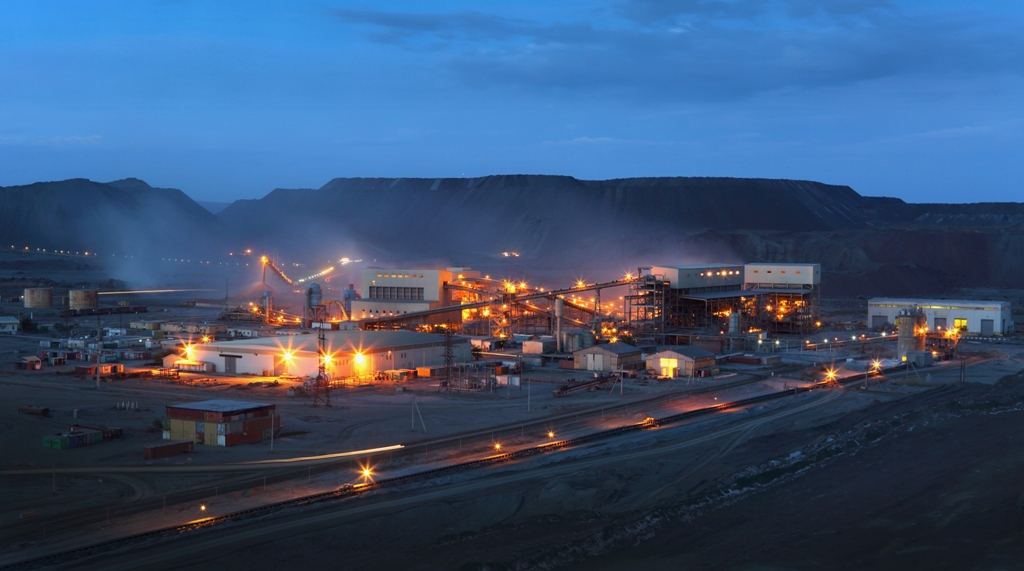
“Gold heap leaching unit” mine
LOCATION: Tamdy district of Navoi region
YEAR OF LAUNCH: 2008
ANNUAL ORE MINING CAPACITY: 11 million tonnes of ore
TYPE OF MINED ORE: oxide ore
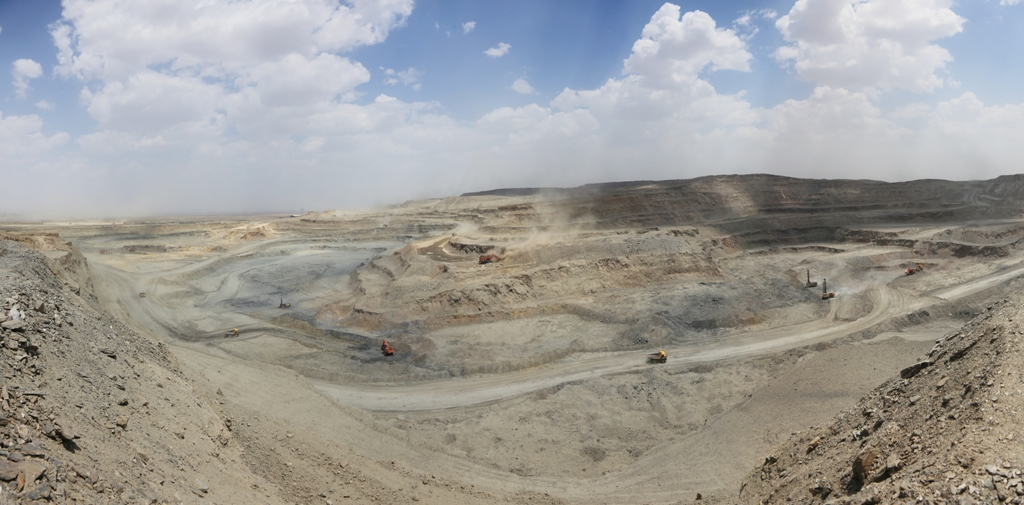
Auminzo-Amantoy mine
LOCATION: Tamdy district of Navoi region
YEAR OF LAUNCH: 2017
ANNUAL ORE MINING CAPACITY: 5,5 million tonnes of ore
TYPE OF MINED ORE: sulphide and oxide ore
Balpantau and Tamdybulak deposits
LOCATION: Tamdy district of Navoi region
YEAR OF LAUNCH: 2022
ANNUAL ORE MINING CAPACITY: 3 million tonnes of ore
TYPE OF MINED ORE: oxide ore
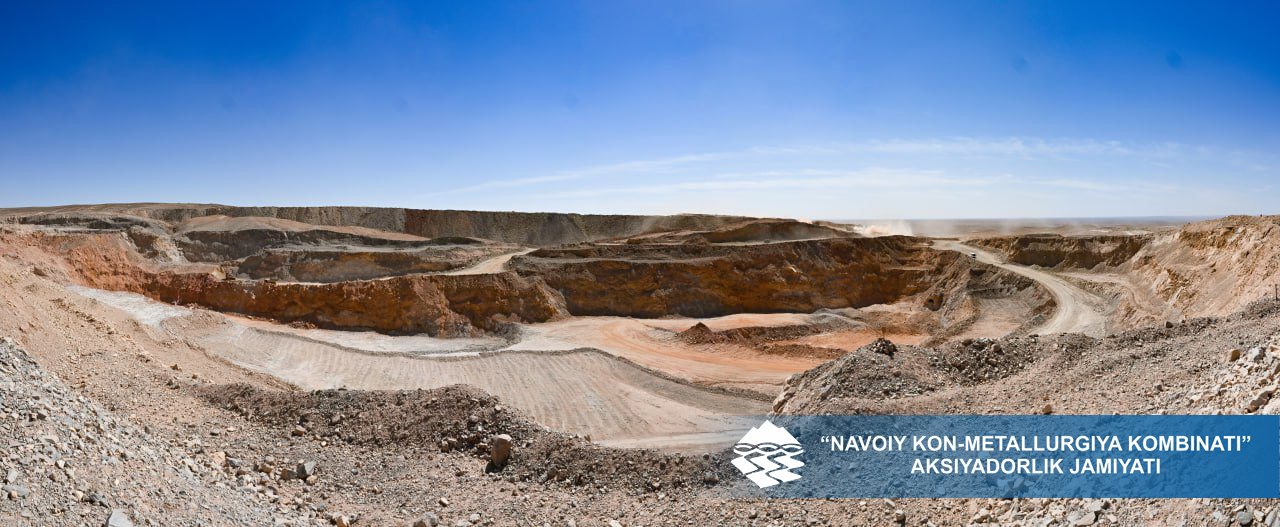
Turbay deposit
LOCATION: Tamdy district of Navoi region
YEAR OF LAUNCH: 2022
ANNUAL ORE MINING CAPACITY: 2 million tonnes of ore
TYPE OF MINED ORE: oxide ore
At Northern mining administration:
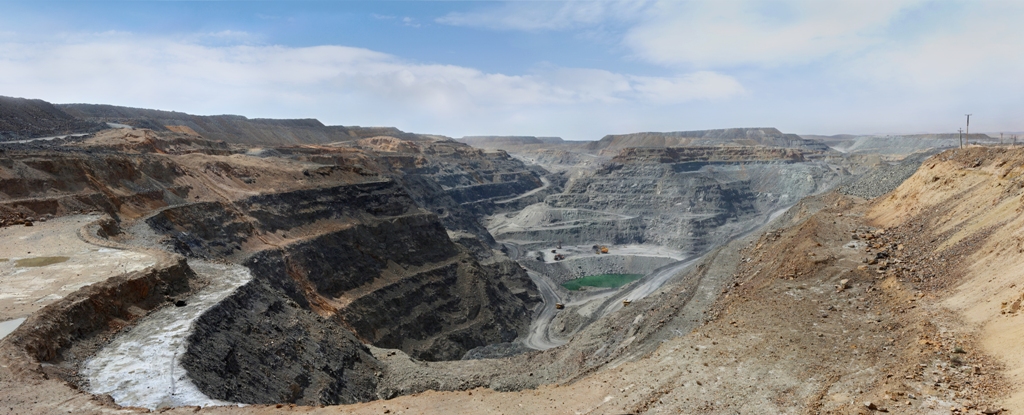
Eastern mine
LOCATION: Uchkuduk district of Navoi region
YEAR OF LAUNCH: 1991
ANNUAL ORE MINING CAPACITY: 3,5 million tonnes of ore
TYPE OF MINED ORE: sulphide ore
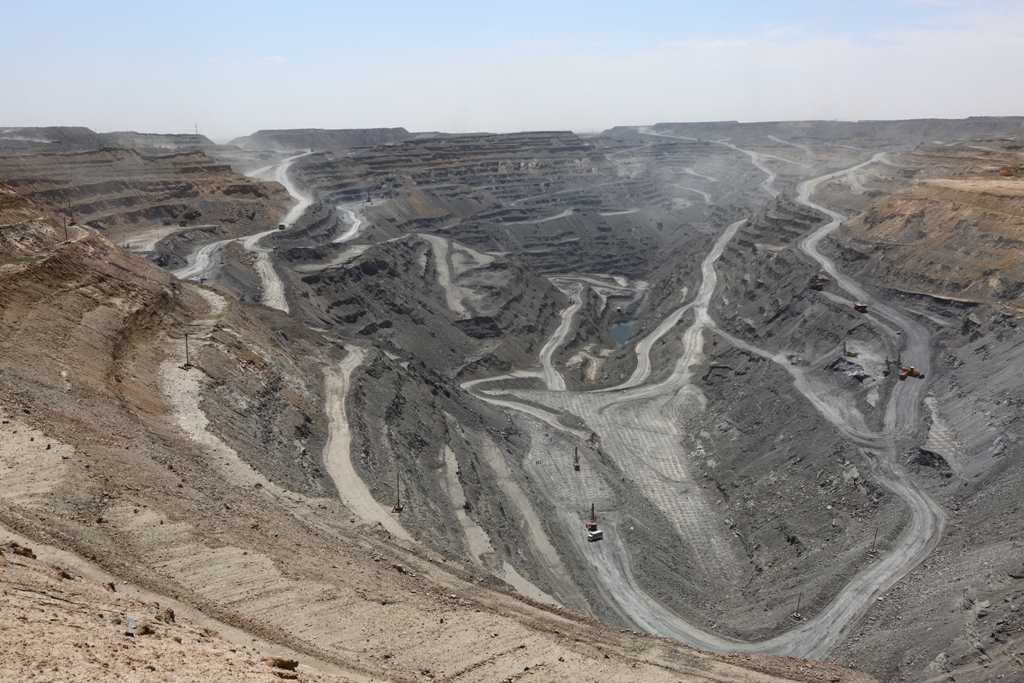
Daugyztau mine
LOCATION: Kanimex district of Navoi region
YEAR OF LAUNCH: 2001
ANNUAL ORE MINING CAPACITY: 2,7 million tonnes of ore
TYPE OF MINED ORE: sulphide ore
At Mining administration “Kyzylkum”:
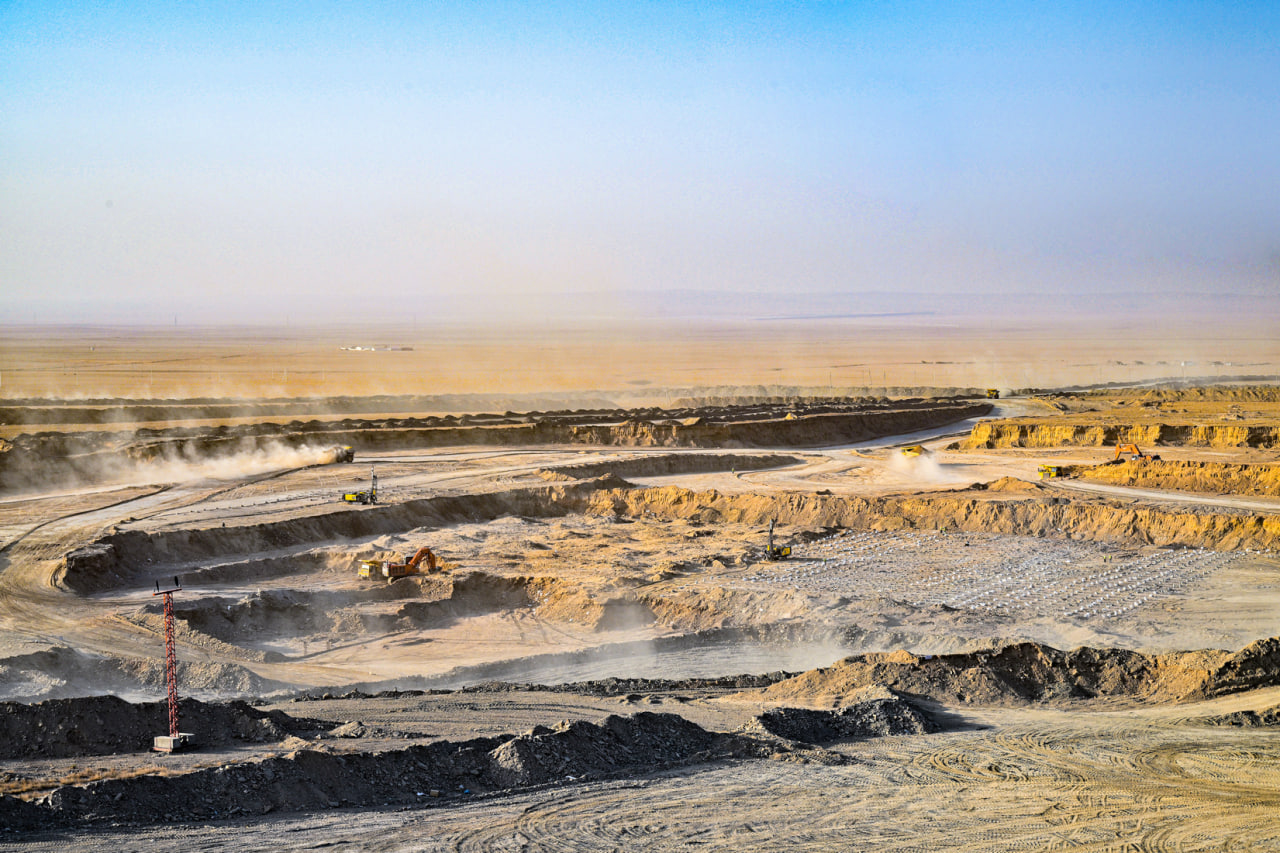
Pistali mine
LOCATION: Nurata district of Navoi region
YEAR OF LAUNCH: 2023
ANNUAL ORE MINING CAPACITY: 4 mln tonnes of ore
TYPE OF MINED ORE: oxide ore
 Joint Stock Company Navoi Mining and Metallurgical Company
Joint Stock Company Navoi Mining and Metallurgical Company 

